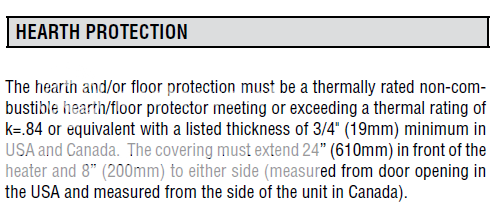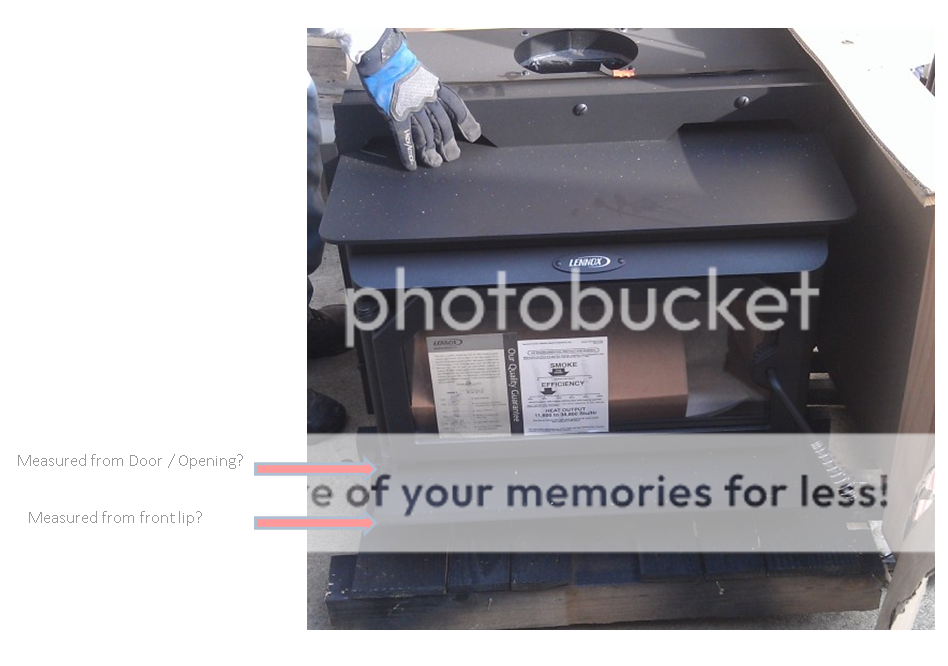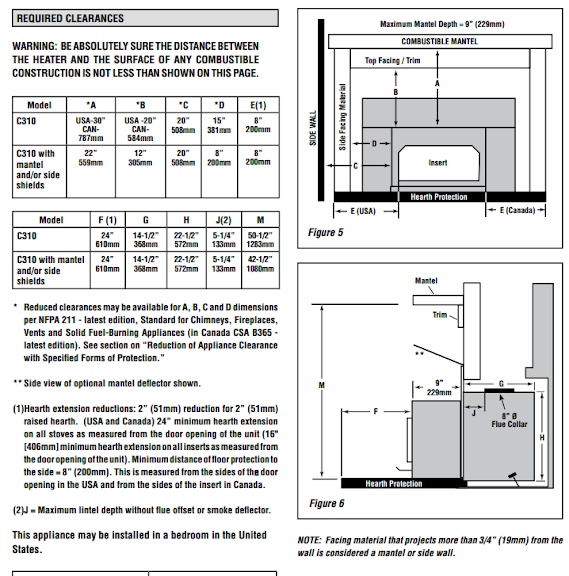- Dec 23, 2012
- 45
After much research, indecision and more research, I finally decided to pull the trigger on a Lennox Canyon C310 and had it installed yesterday. Needless to say, I'm pretty excited! This insert is a beast weighing in at 550 lbs, so for that reason alone, I'm very happy having paid the extra $450 for install (my back is thanking me already).
The liner is an 8" Olympia Forever-Flex 316 / titanium alloy, about 14 feet tall. The plan was to wrap the liner with insulation, but we ran into some clearance problems that prohibited this due to mis-aligned chimney tiles. We did insulate above the insert and below the cap. Also, this is an interior fireplace, so I'm trying to convince myself that the lack of insulated liner is not going to be detrimental. I suppose I could always consider the pour-down mix type. I'm going to be researching this further. This was disappointing to say the least, but nothing that we could control.
So enough babble, here are the pics:
Old setup:
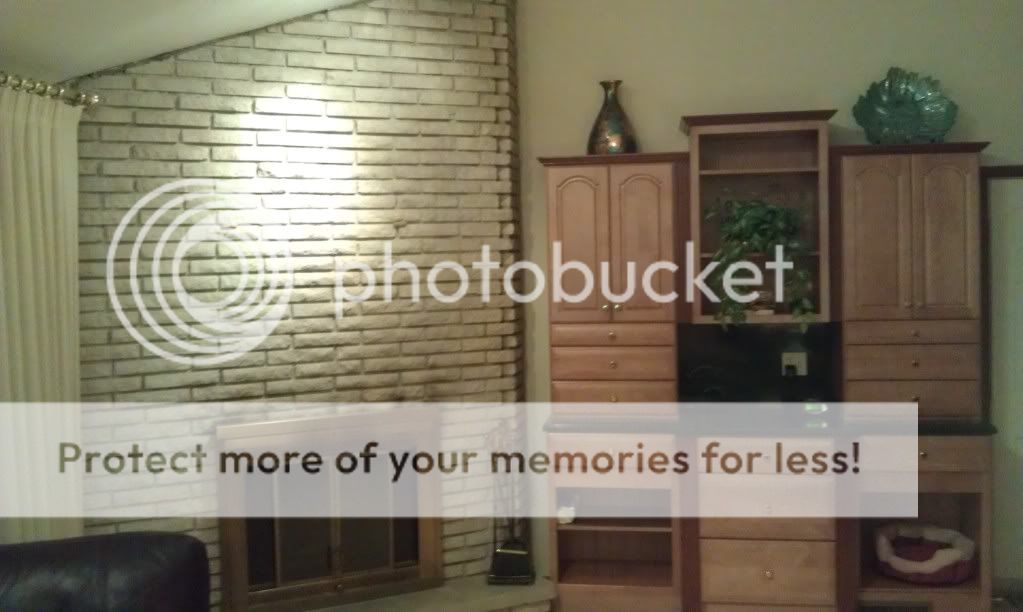
Doors removed:
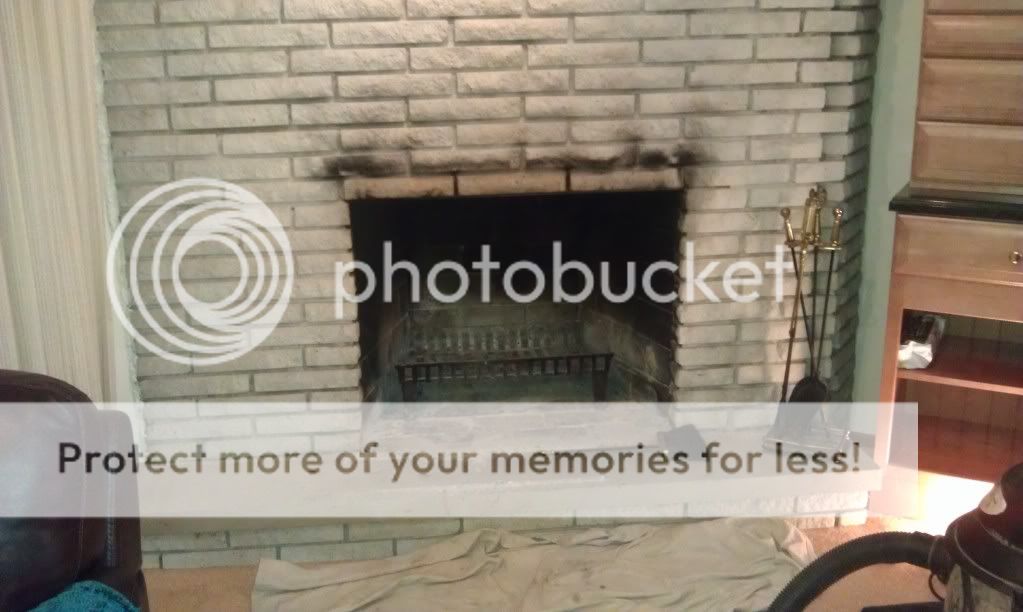
Liner pulled and adjustable elbow installed:
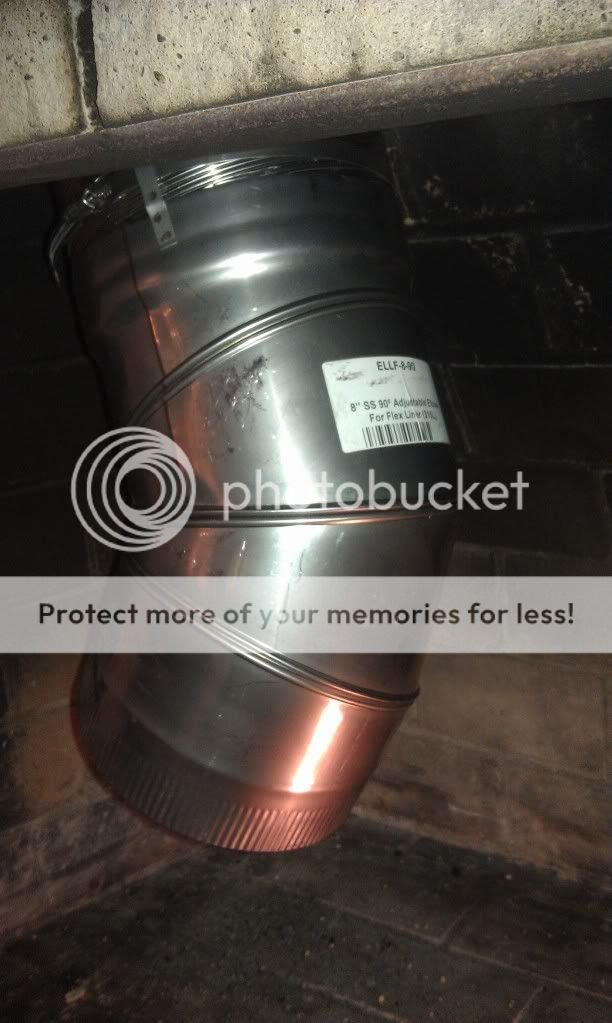
Un-crating the beast (the shipping pallet cracked in half, making removal from the truck difficult):
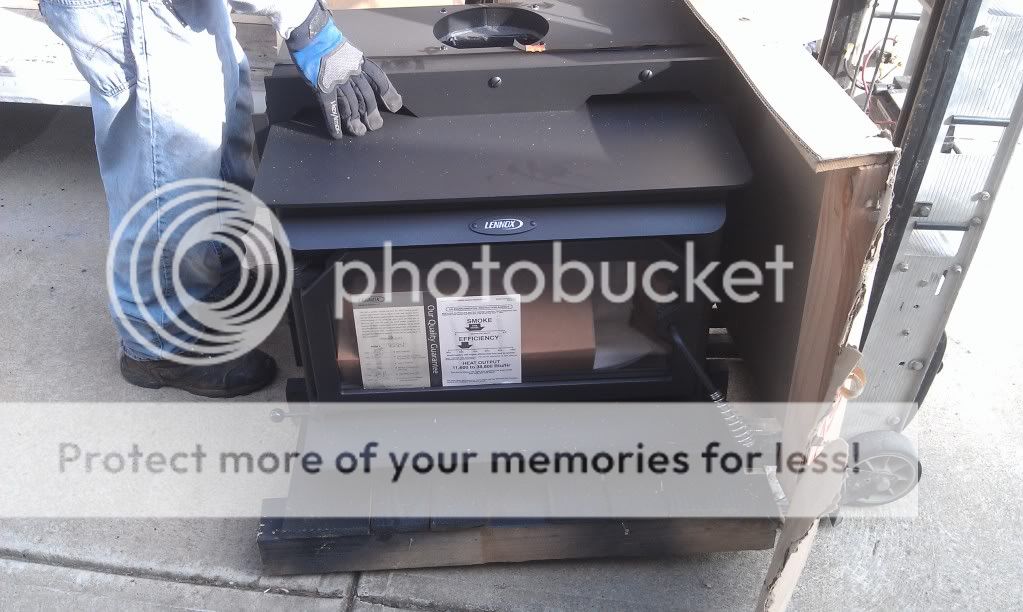
Installed:
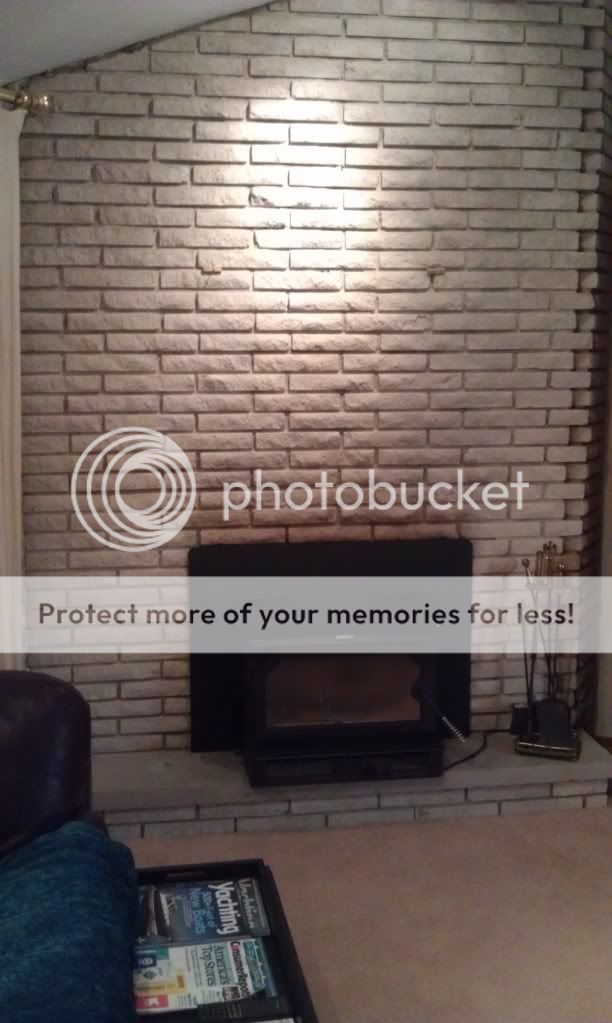
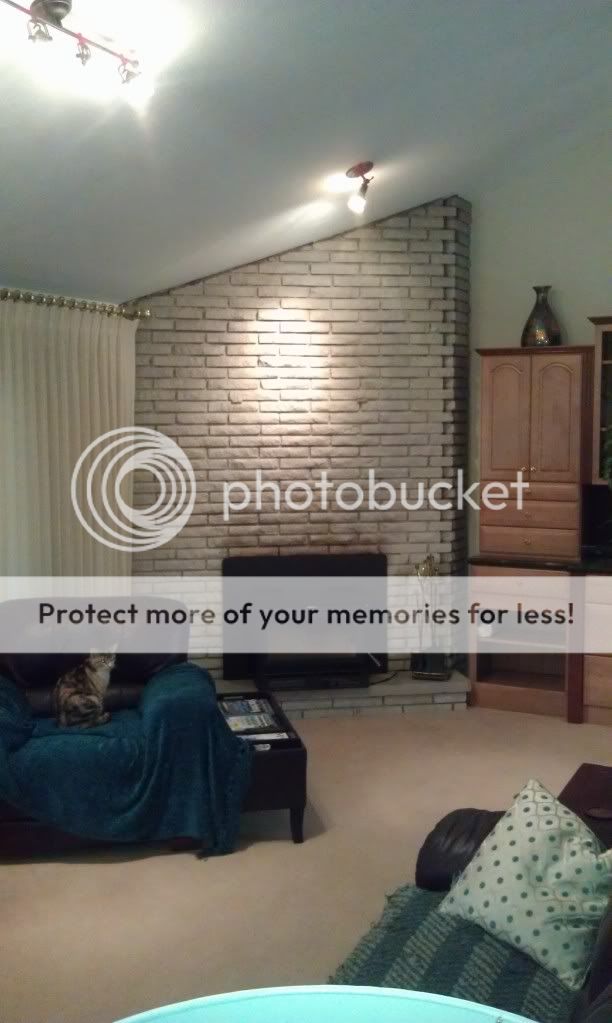
So a few lose ends to tie up. Firstly, I don't want to run the blower via extension cord, so I will be installing an outet box near the stove. I'm brainstorming the best way to conceal the cord. More on that later. Secondly, Carpet needs to be removed directly in front of the insert and replaced with non-combustible material. I won't be burning until I get that figured out. I need to make sure that I understand the requirements fully (my first pass in the manual left me a little confused, so I may create a separate post on that). Lastly, you'll notice the soot on the first few bricks above the insert. I did my best to remove this with a wire brush, but it almost seems as if the bricks are discolored. Any tips on trying to get them cleaned? Here's a close up:
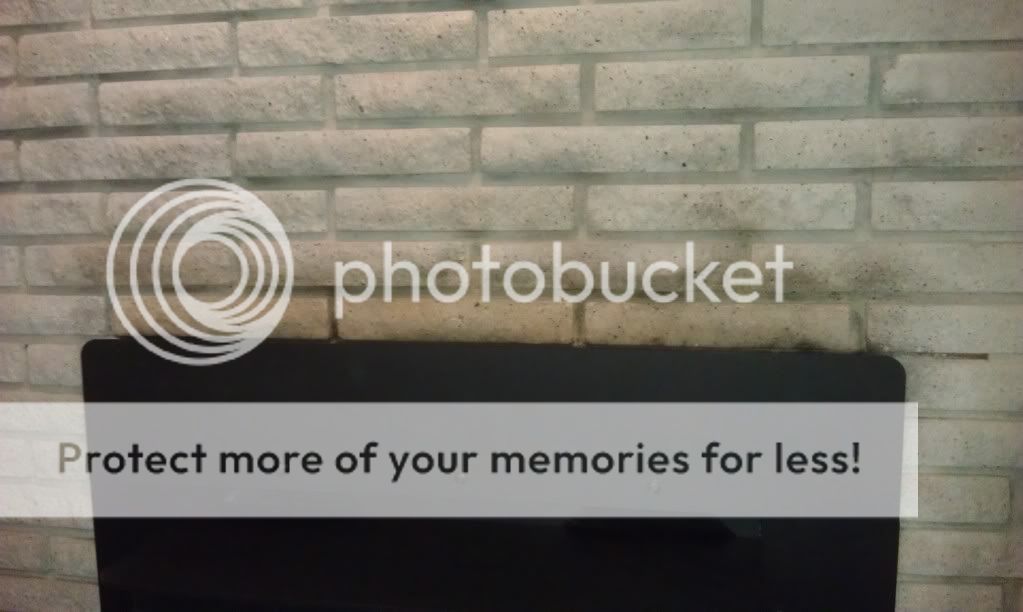
The surround trim was back ordered, but should be here second week of April. The heavy lifting is complete. Just some fine tuning left, and I'll be joining the burning ranks soon!
The liner is an 8" Olympia Forever-Flex 316 / titanium alloy, about 14 feet tall. The plan was to wrap the liner with insulation, but we ran into some clearance problems that prohibited this due to mis-aligned chimney tiles. We did insulate above the insert and below the cap. Also, this is an interior fireplace, so I'm trying to convince myself that the lack of insulated liner is not going to be detrimental. I suppose I could always consider the pour-down mix type. I'm going to be researching this further. This was disappointing to say the least, but nothing that we could control.
So enough babble, here are the pics:
Old setup:

Doors removed:

Liner pulled and adjustable elbow installed:

Un-crating the beast (the shipping pallet cracked in half, making removal from the truck difficult):

Installed:


So a few lose ends to tie up. Firstly, I don't want to run the blower via extension cord, so I will be installing an outet box near the stove. I'm brainstorming the best way to conceal the cord. More on that later. Secondly, Carpet needs to be removed directly in front of the insert and replaced with non-combustible material. I won't be burning until I get that figured out. I need to make sure that I understand the requirements fully (my first pass in the manual left me a little confused, so I may create a separate post on that). Lastly, you'll notice the soot on the first few bricks above the insert. I did my best to remove this with a wire brush, but it almost seems as if the bricks are discolored. Any tips on trying to get them cleaned? Here's a close up:

The surround trim was back ordered, but should be here second week of April. The heavy lifting is complete. Just some fine tuning left, and I'll be joining the burning ranks soon!


